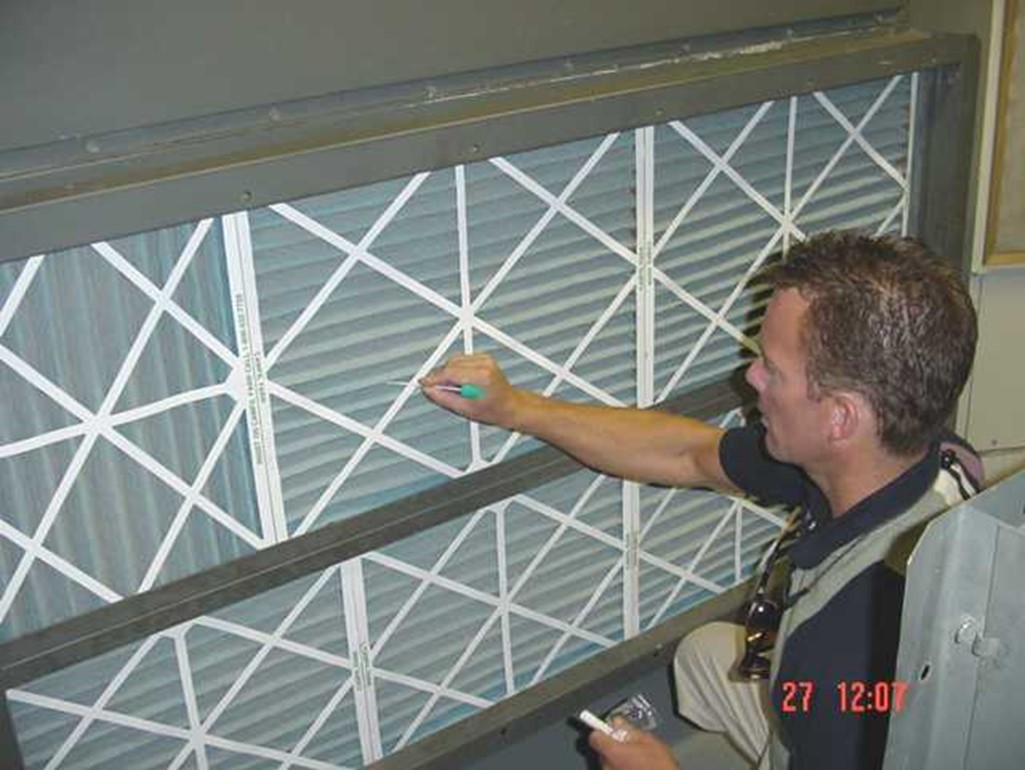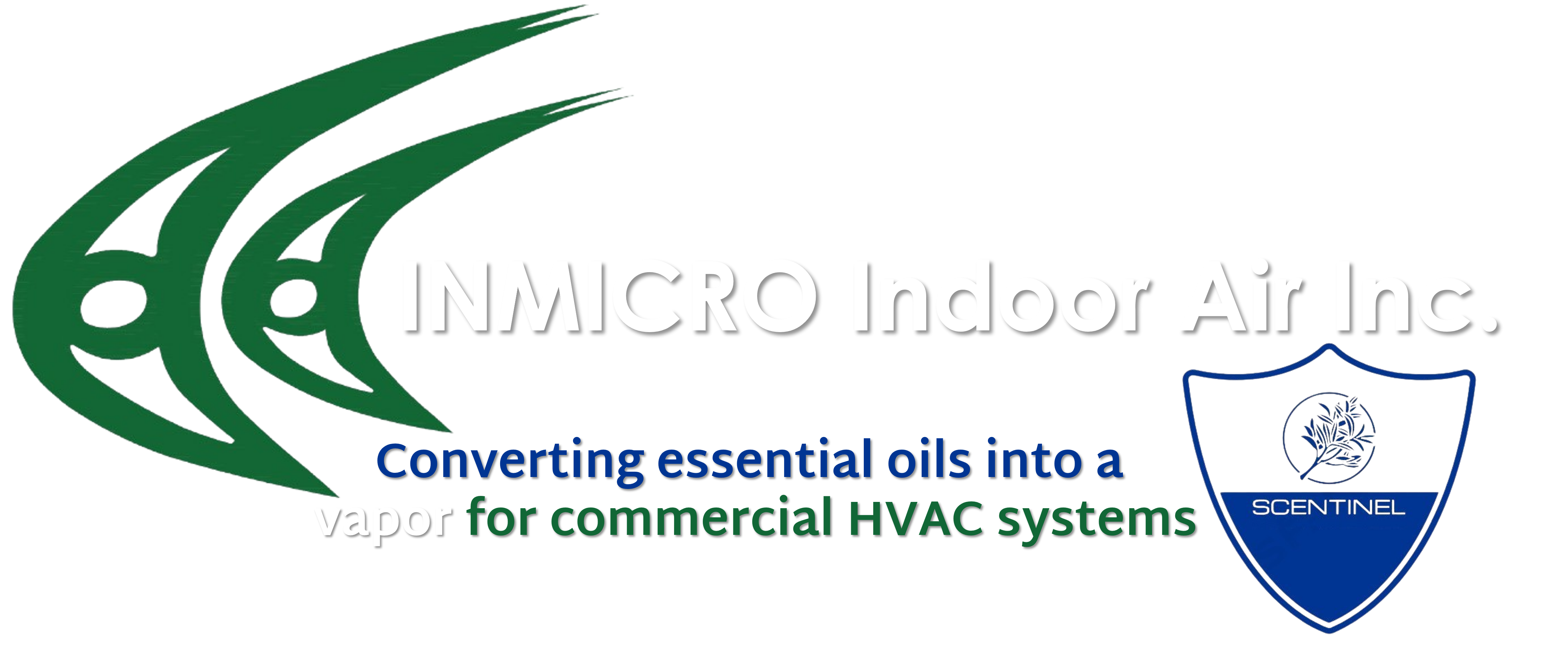In recent years, the importance of maintaining clean and healthy indoor environments has gained increased attention, especially in commercial buildings and healthcare facilities. One of the most effective methods for assessing microbial contamination is through ATP (adenosine triphosphate) bioluminescence sampling. This innovative technique not only provides insights into the presence of airborne microbes but also helps ensure the safety and well-being of occupants.

what is atp bioluminiscence sampling?
ATP bioluminescence sampling is a rapid and reliable method used to measure biological contamination in various environments. ATP is an energy-carrying molecule found in all living cells, including bacteria, fungi, and viruses. When ATP is present on a surface or in the air, it can be detected using a bioluminescent reaction that emits light. The intensity of this light is proportional to the amount of ATP present, allowing for quantifiable assessments of microbial contamination.
how does it work?


1. sampling:
The process begins with the collection of air samples using specialized air filters or surface swabs. In commercial buildings and hospitals, these samples can be taken from high-touch surfaces (like doorknobs, handrails, and countertops) and the air itself.
2. lysis:
In the lab, the samples are treated with a lysis solution that breaks down cell membranes, releasing ATP into the solution.
3. luminescent reaction:
A reagent containing luciferases (an enzyme) is added to the sample. The luciferase catalyzes a reaction that produces light when it interacts with ATP.
4. measurement:
The emitted light is measured using a luminometer, providing a quantitative assessment of the microbial load.
importance in commercial buILDINGs and hospitals:
1. infection control:
In healthcare settings, the presence of airborne microbes can have serious implications for patient safety. Hospitals are environments where vulnerable populations, such as the elderly and immunocompromised individuals, are at risk of infections. By monitoring ATP levels, infection control teams can quickly identify contaminated areas and implement appropriate cleaning protocols to reduce the risk of healthcare-associated infections (HAIs).
2. maintenance of clean environments:
In commercial buildings, maintaining a clean environment is essential for employee productivity and customer satisfaction. Regular ATP sampling can help facility managers ensure that cleaning protocols are effective, identify high-risk areas, and monitor the overall Cleanliness of the space. This not only contributes to a healthier environment but can also reduce absenteeism and improve morale.
3. regulatory compliance:
Many industries, including healthcare and food service, are subject to strict hygiene regulations. ATP bioluminescence sampling can be used to demonstrate compliance with these regulations, providing documentation of cleaning efficacy and microbial control measures.
challenges and considerations:
While ATP bioluminescence sampling is a valuable tool, there are some challenges and considerations to keep in mind:
false positives:
The presence of organic material can sometimes lead to false positives. It's essential to interpret results carefully and in conjunction with other microbiological assessments.
sampling frequency:
Establishing an appropriate sampling frequency is crucial. Too infrequent sampling may miss contamination spikes, while overly frequent sampling can lead to unnecessary costs.
training expertise:
Proper training in sampling techniques and result interpretation is vital to ensure accurate and meaningful data.
conclusion
As we strive for cleaner, safer indoor environments in commercial buildings and hospitals, ATP bioluminescence sampling stands out as a powerful tool for assessing microbial contamination. By harnessing this technology, facility managers and healthcare professionals can take proactive steps to protect the health and well-being of occupants. In a world where hygiene and cleanliness are more critical than ever, the role of ATP sampling in monitoring airborne microbes is poised to become increasingly significant.

